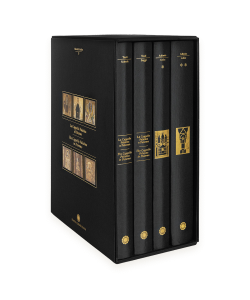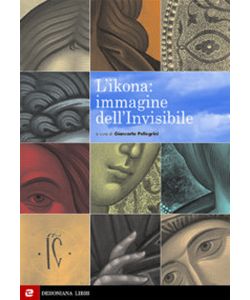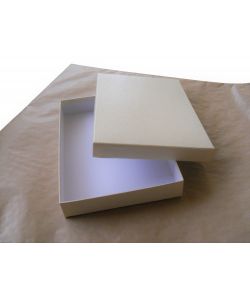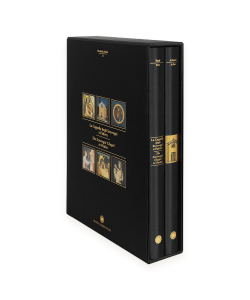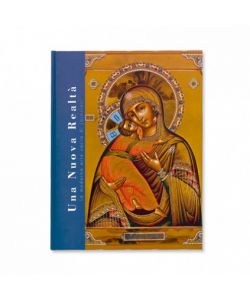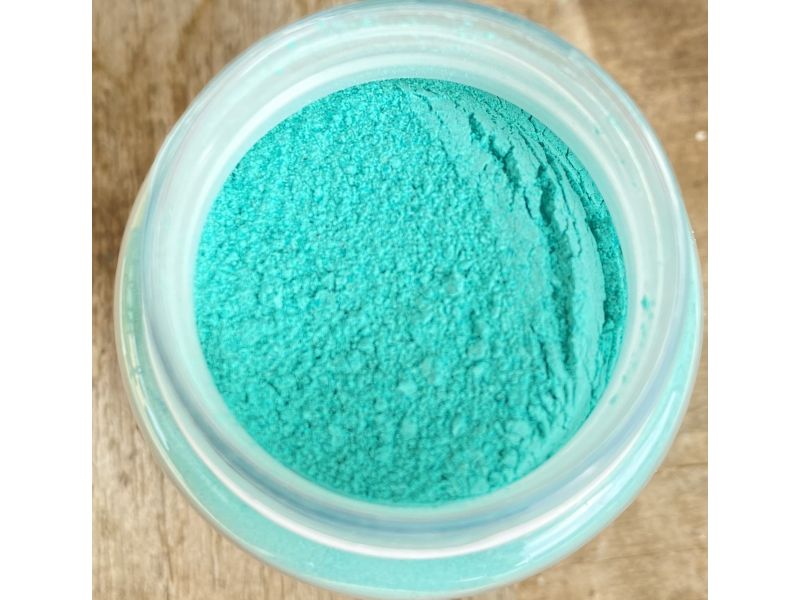
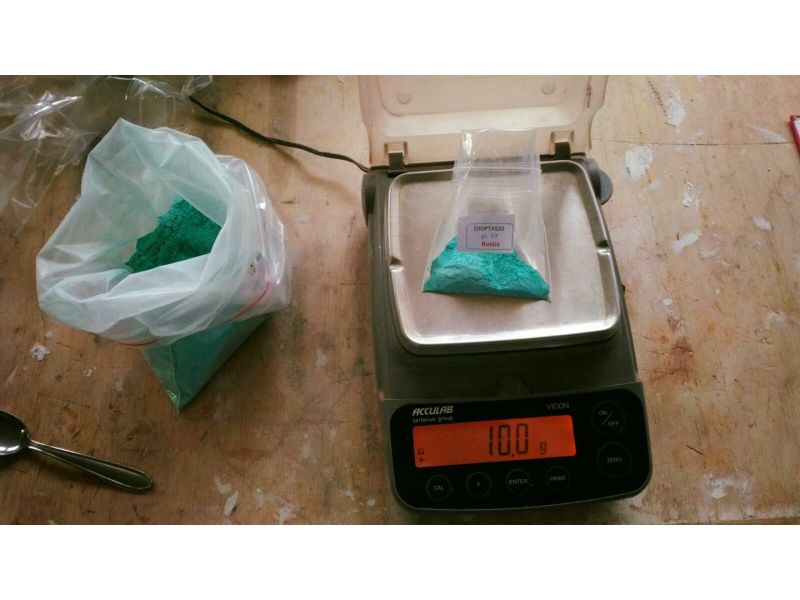
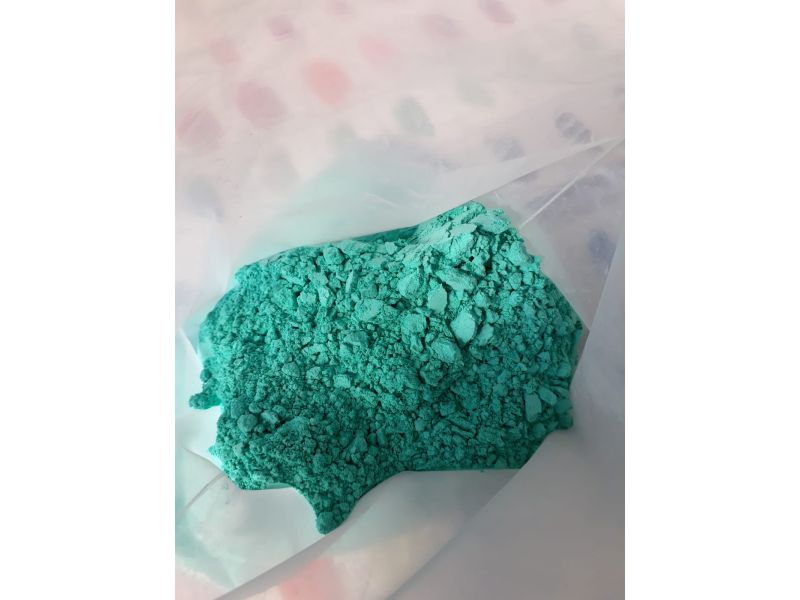
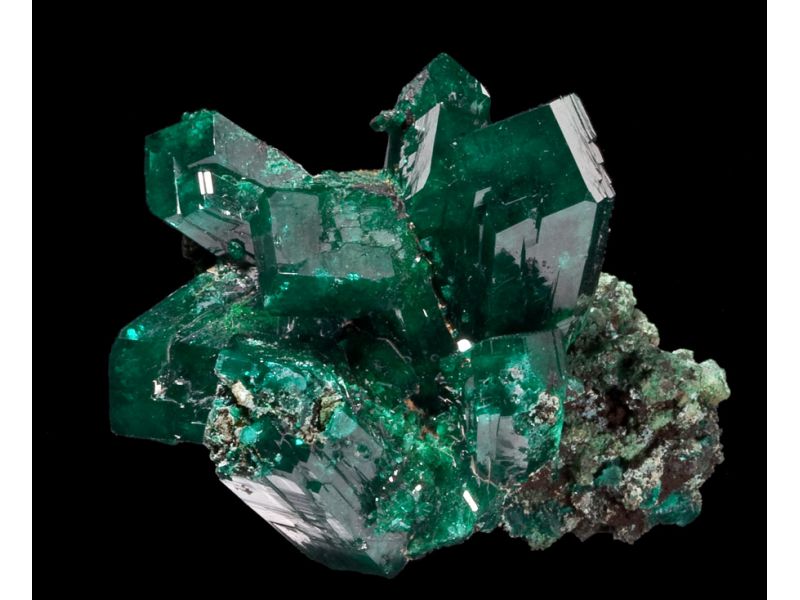
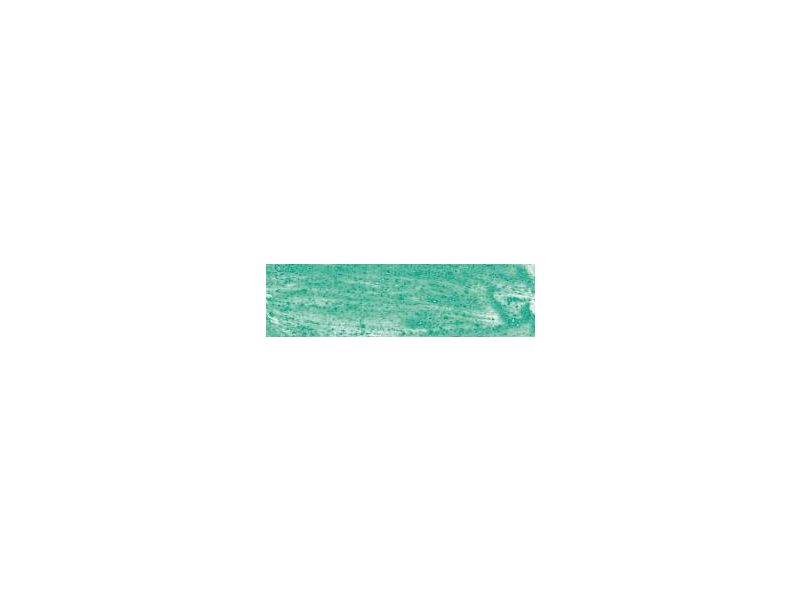





DIOPTASIO, mineral, russian pigment
A unique and very rare natural mineral pigment (currently very difficult to find).
Alternative Names: Emerald Green to Bluish Green Copper Cyclosilicate Mineral
• Chemical Name: Copper Silicate
• Formula: Cu6Si6O18•6H2O
• Color Index: Green Pigment 39
• Moderately Toxic (Caution is advised when handling dry powdered pigment)
• Suitability: Acrylics, Lime/Fresco, Ceramics, Oil, Tempera, Watercolor/Gouache
An emerald green copper silicate, found in copper deposits along with malachite. This dioptase comes from the Altyn-tyube copper mines in Kazakhstan.
The first known crystals of dioptase were brought to Semipalatinsk, Kazakhstan, from the Kyrgyz steppes of Siberia in 1870 by the Bukharan merchant Akhir Mahmed. They were found on the western slopes of the Altai Mountains, on calcite deposited in the numerous fissures of the Altyn-Tyube limestone hill. Specimens sent to the St. Petersburg Academy were identified by the German mineralogist R. Ferber, a member of the Academy, as a variety of emerald and named "achrite". Its low hardness made it less valuable than emerald and it became known as the "poor man's emerald". When it was identified as a new mineral in 1801, the French mineralogist René Just Hauy used the Greek words dia, meaning "through", and optasis, meaning "vision", to create the name dioptase. This term describes the reflections visible on the internal cleavage fissures. "Coppery Emerald" is also a name used by some collectors of mineral specimens, and this term appears in almost all collections. Dioptase is believed to have been found as a pigment on ancient lime plaster statues found at a Neolithic site in Jordan.
| DIOPTASIO Russian pigment gr.5 | Stock: 0 - COD. CR00075 | |||
| € 28,00 |

|
|||
| DIOPTASIO Russian pigment gr.10 | Stock: 0 - COD. CR0007 | |||
| € 52,00 |

|
|||
| DIOPTASIO Russian pigment gr.50 | Stock: 0 - COD. CR0008 | |||
| € 252,00 |

|
|||



